Insta360 Go Ultra Leaks Reveal 4K60 Video, New Square Design & Flip-Up Screen

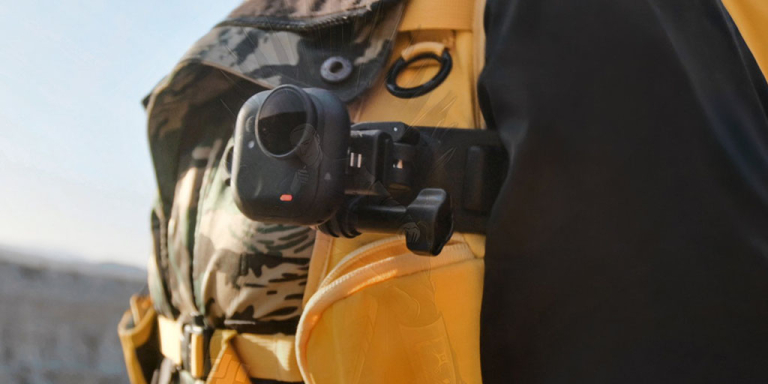
Editor Note: Insta360 Go Ultra launched on August 11th!
The upcoming Insta360 Go Ultra action camera has been revealed through a series of leaks and rumors, painting a picture of a major upgrade over last year’s Insta360 Go 3S. Also known as Insta360 Go 4, this ultra-compact device, essentially a tiny, wearable action camera, is reportedly getting a boost to 4K 60fps video recording, a redesigned square form factor, and the return of the flip-up touchscreen module for on-the-go vlogging.
While not officially announced yet, the Go Ultra is expected to debut in the coming weeks, likely around late August or early September 2025 to coincide with IFA Berlin. Below is a breakdown of all the key leaks, from hardware specs to design changes, unique features, and how it stacks up against Insta360’s lineup and GoPro.
Insta360 Go Ultra Photos
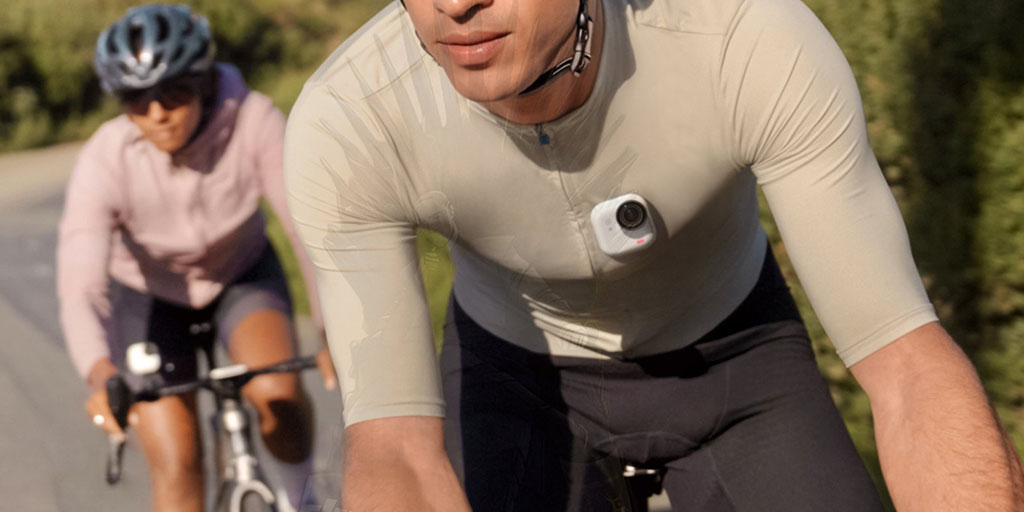
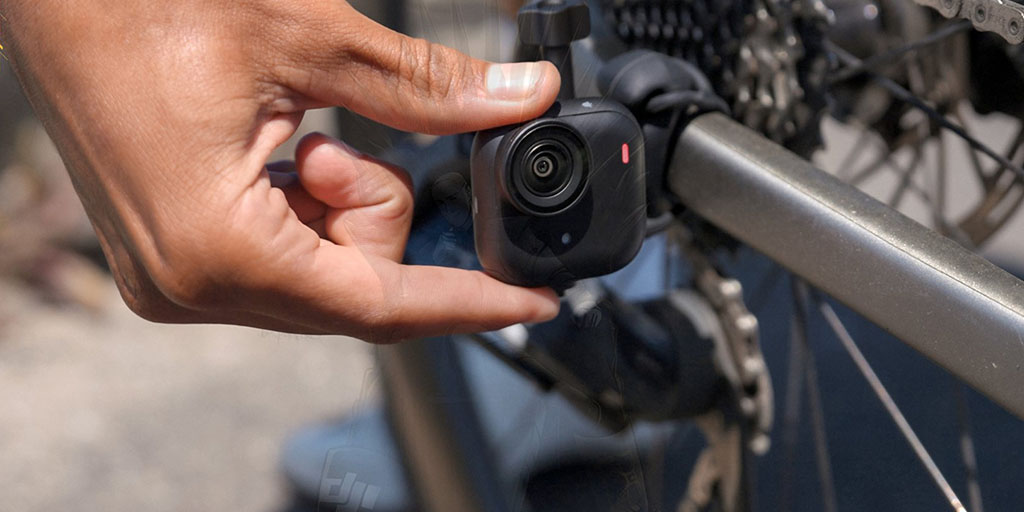
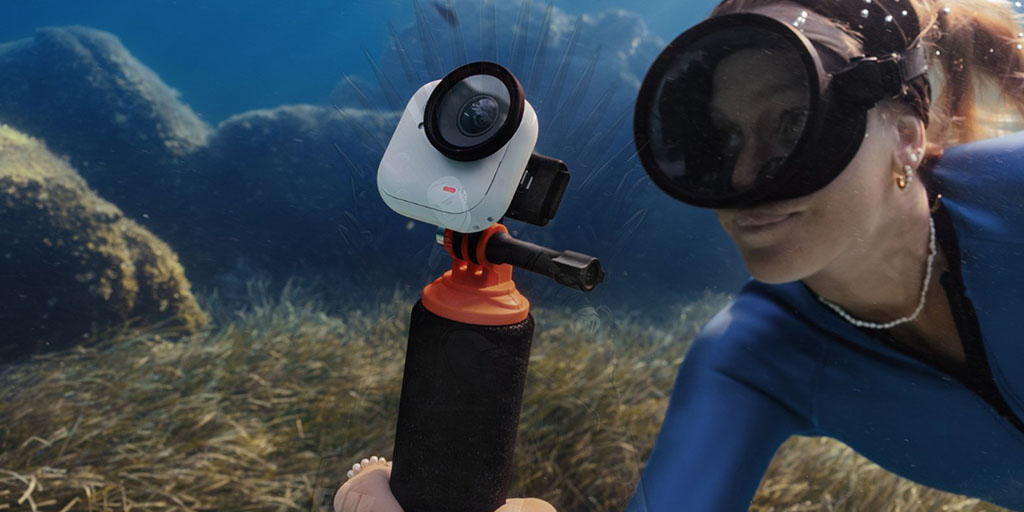
Latest Insta360 Go Ultra Photo Leaks
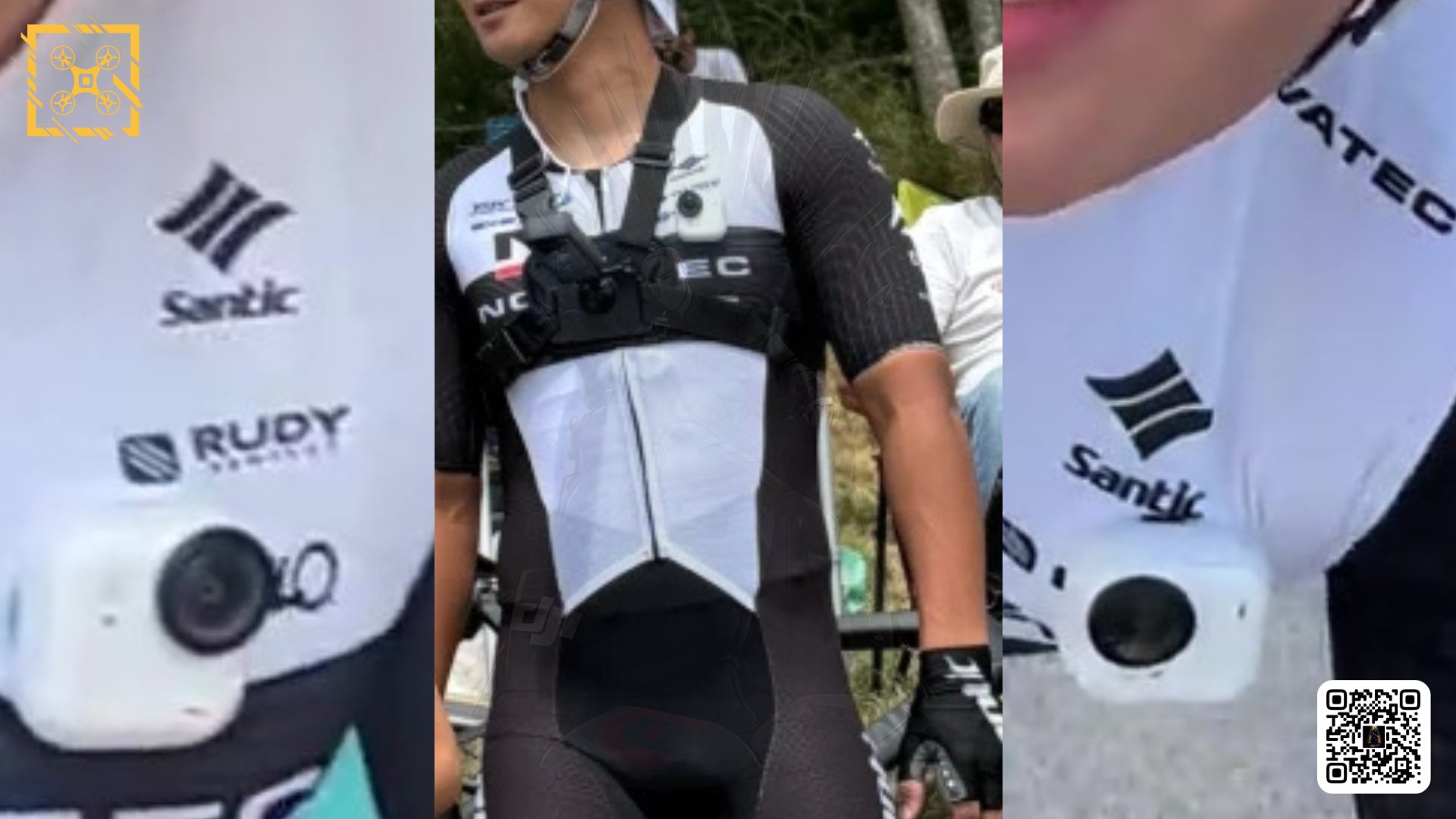
Major Hardware Upgrades
Leaked info confirms that the Insta360 Go Ultra will double the top frame rate of its predecessor. The Go Ultra can shoot 4K video at 60 frames per second, a significant step up from the Go 3S’s 4K at 30fps limit. This bump in performance suggests Insta360 has overhauled the internals – possibly with a new processor or improved sensor – to handle the higher bandwidth of 4K60 recording. The camera is still expected to be fully waterproof and dust-resistant (exact rating TBD) since it’s part of Insta360’s action cam line.
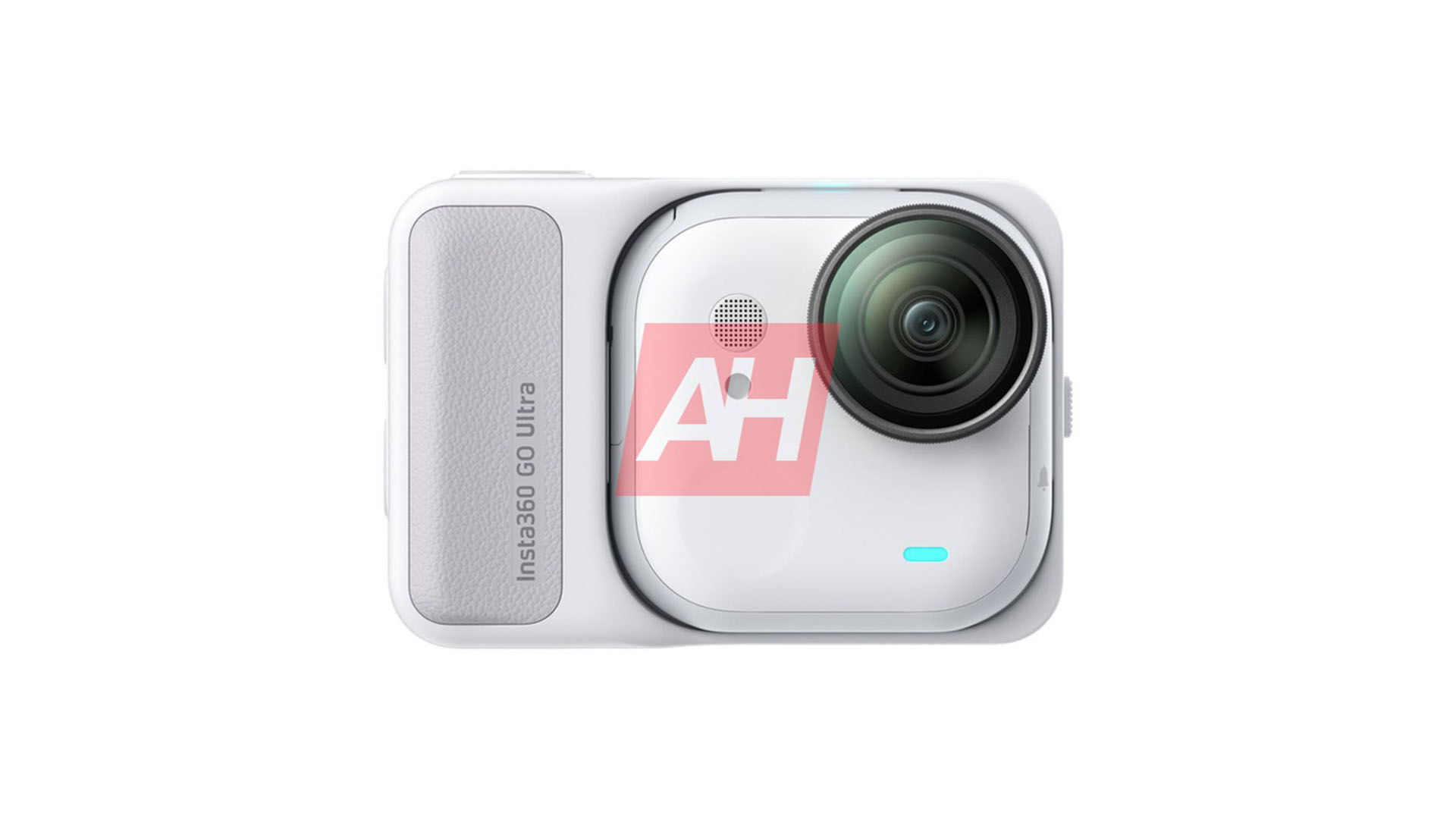
Importantly, the larger body of the Go Ultra could enable other spec improvements. No detailed spec sheet is available yet, but the increased size likely accommodates a bigger battery for longer runtimes. In past models, overheating was a challenge for prolonged high-resolution recording.
Interestingly, one leak notes that the new square shape might aid in heat dissipation, supporting 4K60 without throttling. We can also expect Insta360’s signature FlowState stabilization and horizon leveling to carry over (possibly enhanced), though specific mention of stabilization in leaks is limited.
On-board storage configurations haven’t been confirmed, but if it follows the Go 3S, 64GB and 128GB variants will likely be offered – and rumors hint at a small price uptick for the added tech. (The Go 3S launched at $399 for 64GB, so the Ultra may land in the mid-$400s, according to speculative reports.)
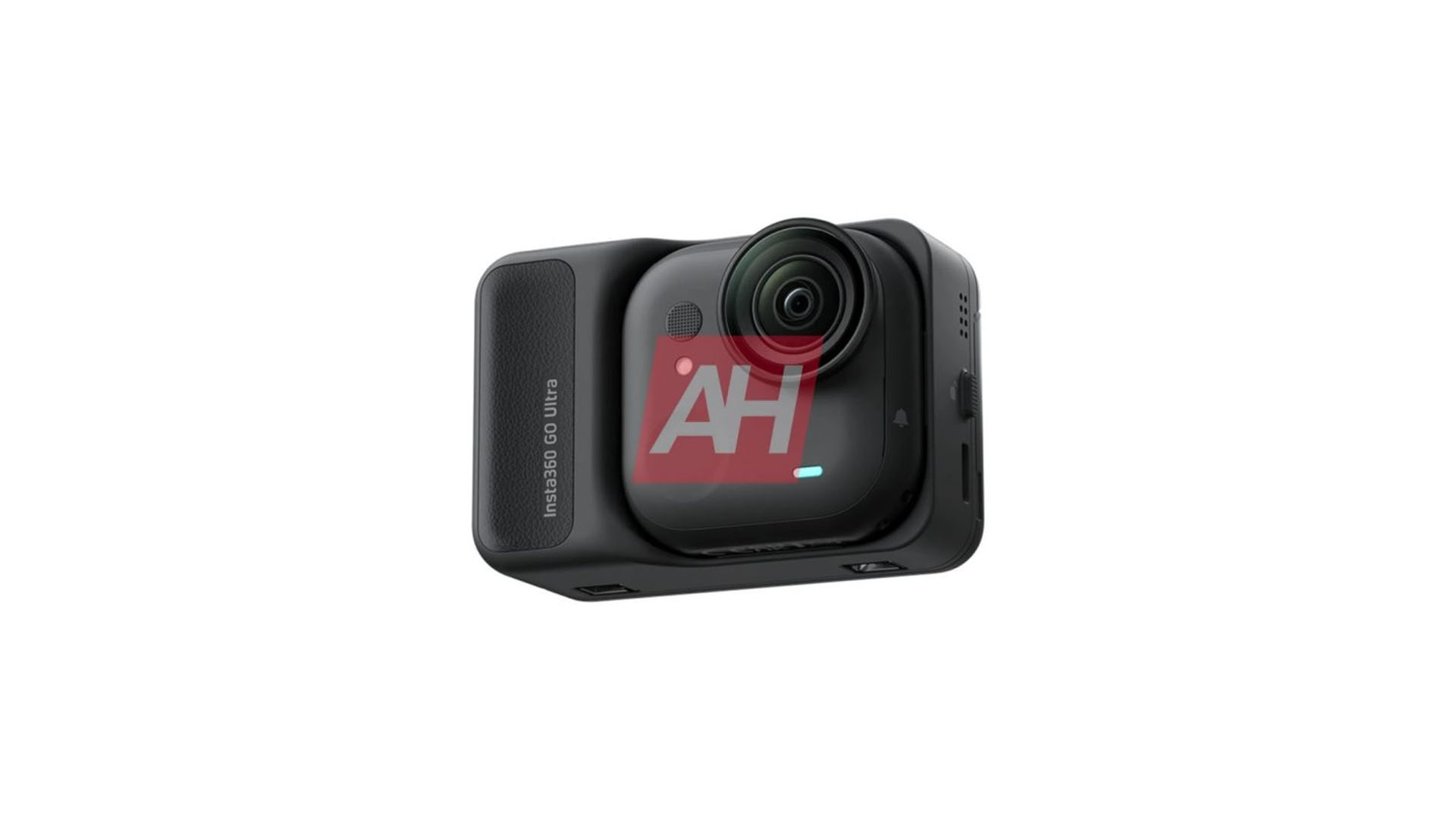
Design Overhaul and Unique Features
Design leaks show a radical departure from the pill-shaped Go 3S. The Insta360 Go Ultra’s camera module is nearly twice as tall, forming a rounded square rather than a rectangle. This extra height not only makes the tiny camera easier to grip, but also allows more room for components like the battery.
Despite the size increase, Insta360 is sticking with the Go series’ core concept: the camera can detach from its docking unit and clip onto clothing or gear for hands-free POV shooting. The portability and wearable nature remain a priority – leaks reassure that users will still be able to magnetically mount the Go Ultra on a shirt, helmet, backpack, etc., just like previous models. The slight downside of the larger build could be a bit more weight on your shirt collar, but that trade-off comes with the aforementioned boosts in capability.
One of the stand-out features making a return is the flip-up touchscreen (akin to the Go 3/3S’s “Action Pod”). Leaked renders show that Insta360 is keeping the flip-up screen module for the Go Ultra – great news for vloggers who rely on it to frame shots.
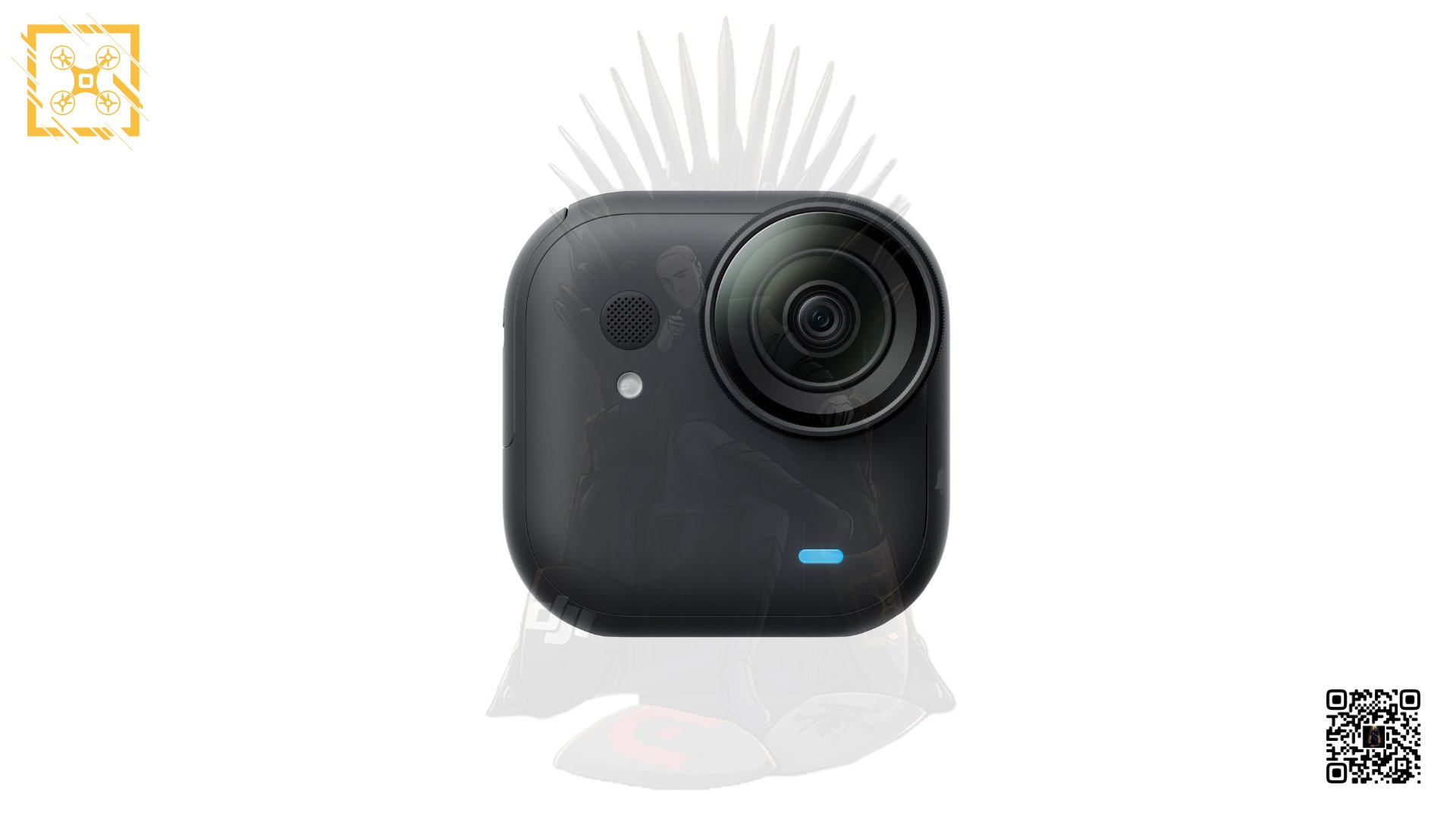
The dock design has been refined: instead of a boxy pod, it now resembles a small camera grip handle that the mini cam docks into, making it more ergonomic to hold during filming. When attached, the flip-up screen turns the setup into a mini handheld camcorder; when the camera unit is detached, the screen unit can still stay in your pocket or serve as a remote viewer.
Another new detail shown in the leaks is the inclusion of LED recording indicators on both the camera and the screen. This means even if you wear the tiny camera on your shirt while the screen portion is elsewhere, both ends will have tally lights to signal when it’s recording – a thoughtful touch for comfort and safety (letting those around you know when they’re on camera).
The Go Ultra’s body also features what looks like a top-mounted record/shutter button for quick access, and a microphone grille on the front, likely for improved audio pickup. As with prior models, we expect an array of clever mounting accessories (magnetic pendant, clips, etc.) to be compatible, given the Go Ultra’s mission as a versatile wearable cam.
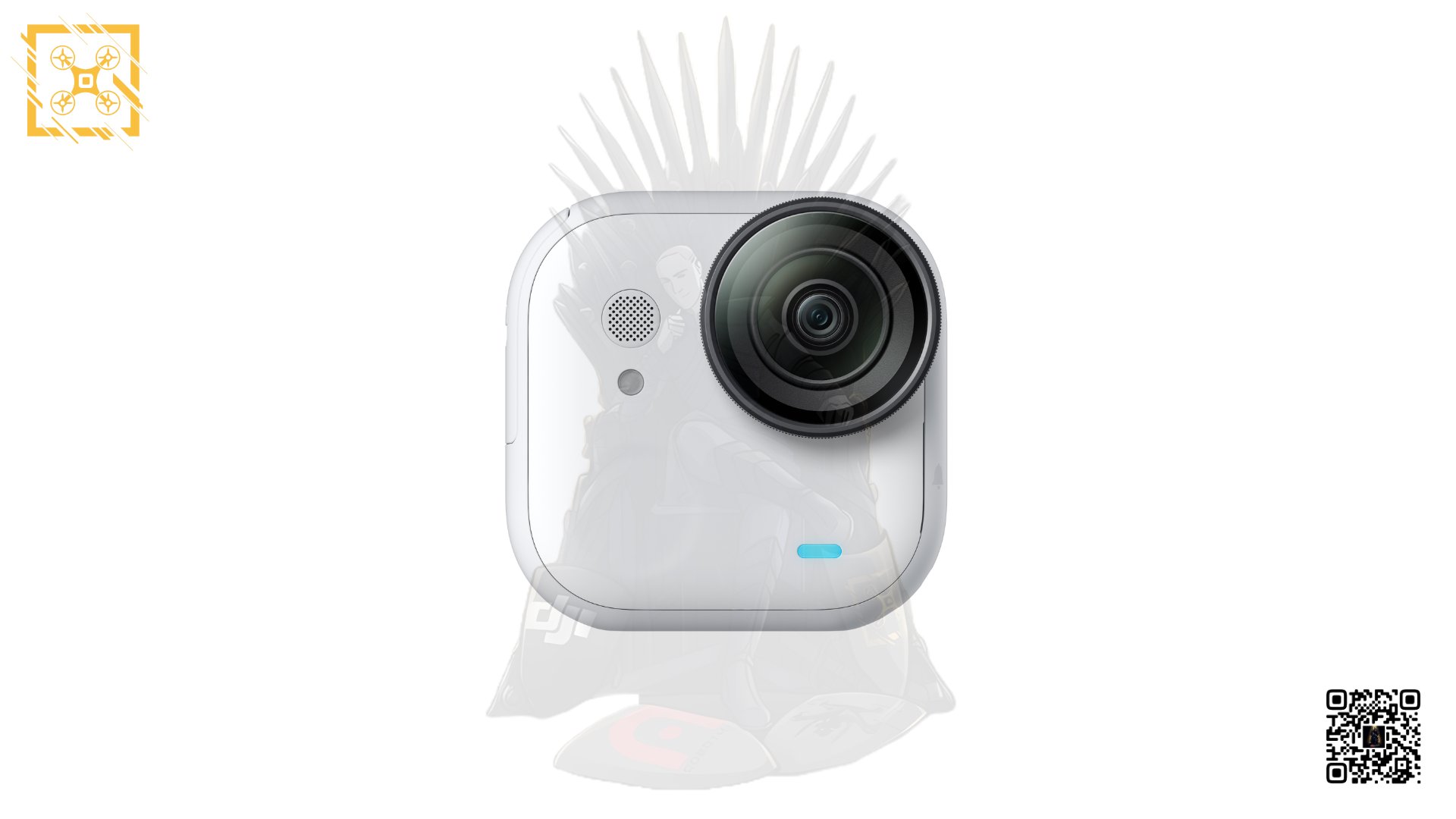
Visually, the device is rumored to come in at least two color options: classic white and a stealthy black. Leaked promo images show both finishes, aligning with Insta360’s recent trend (the Go 3S was offered in both colors as well). Branding on the leaked images confirms the name “Insta360 Go Ultra” appears on both the camera and the screen module, so there’s no ambiguity that this is a new tier in the Go series.
Insta360 Go Ultra Launch Timeline and Pricing Rumors
Multiple sources point to an imminent launch for the Insta360 Go Ultra. The consensus is that Insta360 will unveil the camera around the end of August or early September 2025, likely timed with the IFA tech expo in Berlin (Sep 5–9).
This timing would be roughly a year after the Go 3S (which launched in June 2024) and fits the pattern of annual refreshes. Some insiders suggest an announcement could come even earlier if Insta360 aims to pre-empt other action camera reveals around that period.
As for the price, official numbers remain under wraps. However, given the upgraded capabilities, analysts expect a slight increase over the previous model. The Insta360 Go 3S debuted at $399 for the 64GB version (and $429 for 128GB), and it’s notable that Insta360 kept the price the same as the Go 3 back then.
For the Go Ultra, rumor mill chatter predicts a launch price in the mid-$400 range for the base model, possibly around $429–449 (though this is speculative). Higher storage variants (if offered) would naturally cost a bit more. Until Insta360 makes an official announcement, consumers should take these figures with a grain of salt.
The company is likely to reveal full pricing and availability details at the launch event, which is now only weeks away.
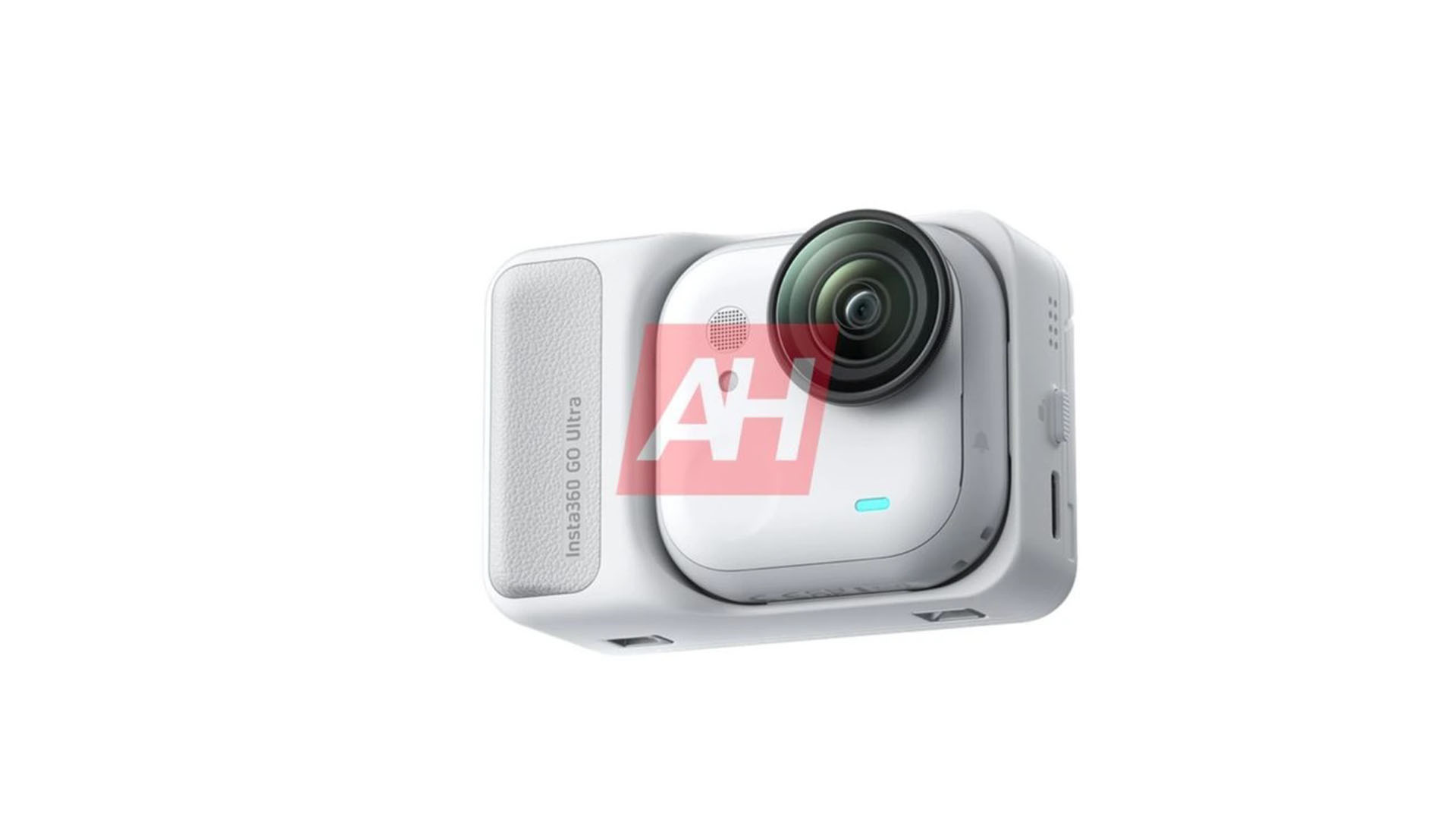
Speculation: How the Go Ultra Stacks Up With Other Camera Models
In Insta360’s own lineup, the Go Ultra represents a different branch than the company’s famous 360° cameras. Insta360’s flagship models like the X3 or the recently launched X5 capture immersive 360-degree footage, whereas the Go-series cameras (Ultra included) trade that all-around view for ultra-portability and first-person POV convenience.
In other words, the Go Ultra is focused on being the camera you can clip anywhere and take everywhere, even if it doesn’t capture a full 360° sphere. It’s a complementary device to something like the Insta360 X5, not a replacement – appealing to users who prioritize size and simplicity over the creative flexibility of reframing 360 footage. Within the Go family, the Ultra clearly leapfrogs the Go 3S with its 4K60 video and larger battery, so it will sit at the top of Insta360’s wearable cam offerings.
When it comes to competitors, the Insta360 Go Ultra is carving out a niche in the action cam market that few others currently occupy – namely, the niche for a truly tiny, wearable 4K camera with a detachable screen. Still, it’s useful to compare it with what’s out there:
- GoPro Hero11 Mini: GoPro’s compact action camera (a smaller sibling of the Hero line) can record at up to 5.3K 60fps for phenomenal detail, and GoPro’s stabilization is top-notch. However, the Hero11 Mini is considerably larger and heavier than the Go Ultra, and it lacks the magnetic clip-and-go design that Insta360 offers. It’s a great high-performance cam in a small package, but it’s not meant to hang off a shirt or cap for hands-free filming without additional mounts. The Go Ultra, by contrast, sacrifices a bit of resolution for a form factor that truly disappears into your life – it’s built to be worn effortlessly.
- DJI Action 2: DJI tried a similar concept to the Go series with the Action 2, a modular tiny camera that magnetically snaps into a front-screen module or battery pack. It also shoots 4K (up to 4K60) and is quite small. But the Action 2’s execution had drawbacks: it ran hot and had limited battery life, and its software lacked the advanced AI-powered editing and “reframing” tools that Insta360’s ecosystem provides. The Insta360 Go Ultra looks to improve on those aspects – its larger body likely helps with thermal control, and Insta360’s app is known for smart editing features (like AutoFrame and AI tracking) that give it an edge for creators who want quick, shareable content. In essence, the Go Ultra could succeed where DJI’s experiment struggled, by offering similar wearable convenience with a more refined feature set.
Of course, there are traditional action cameras like the full-size GoPro Hero12 or DJI Osmo Action 4, but those occupy a different class – they’re bigger, with more manual controls and higher-end specs, meant to be mounted on tripods or helmets rather than worn on a lapel. The Insta360 Go Ultra is aiming to be the go-to gadget for POV vlogging and casual action capture where a bulkier camera would be cumbersome. Its competition is limited, which gives Insta360 a strong selling point if they deliver on the promised features.
Final Thoughts
From everything leaked so far, the Insta360 Go Ultra is shaping up to be an exciting step forward for micro action cams. By adopting an “Ultra” moniker instead of calling it the Go 4, Insta360 seems to signal a premium, feature-packed leap that brings flagship-level video specs to a device that still fits in the palm of your hand. The new square design, improved performance, and clever carry-over features (flip screen, wearable clips) show that Insta360 is listening to its user base of adventurers and content creators. If the rumored late summer launch is accurate, we won’t have to wait long to see official details on pricing and full specs.
Until then, these leaks have certainly built up anticipation, suggesting that the Go Ultra could redefine what’s possible in an action camera that’s “so small you almost forget it’s there.” Stay tuned for the official reveal around IFA 2025 – if these leaks are any indication, Insta360’s next tiny cam will be making a big splash.
All photos courtesy of Android Headlines and Quadro News.
